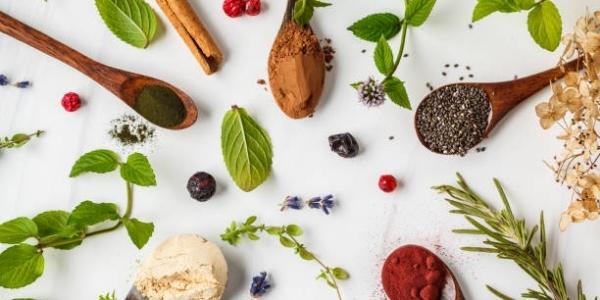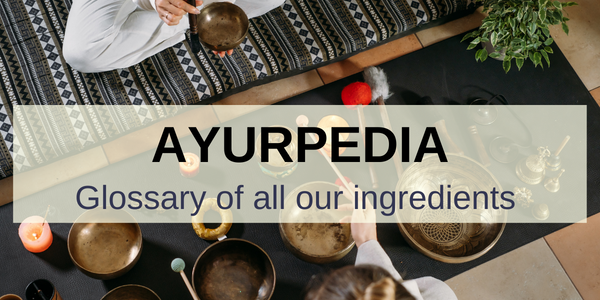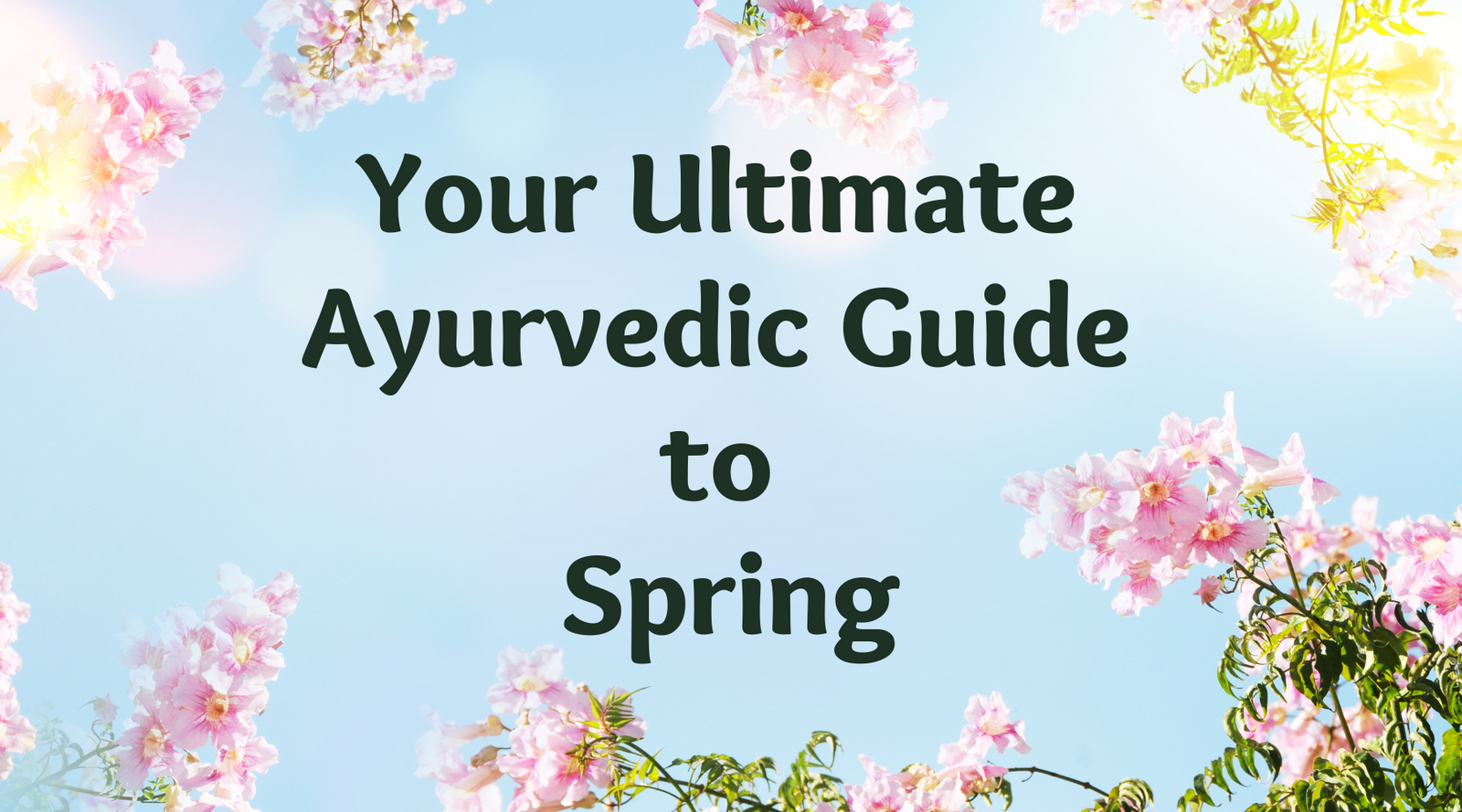
Vata dosha is the source of action in the body. However, it can turn hyperactive sometimes. It's necessary to ground, slow down, and build routine and steadiness.
- Throughout the day, routine is crucial for balancing the randomness of Vata dosha. It enhances overall health and well-being, even when we are healthy. And a regular regimen can definitely help when there are vata imbalances.
- While routine is vital, it doesn't mean you have to stick to a strict plan or restrict your vata spontaneity. The point is that predictability will aid to anchor your Vata nervous system in a sense of normalcy and safety throughout the day.
- Start with sleep and wake times, meal times, and work routines for more regularity.
- Hence, wake up before sunrise and try meditation and a self- care routine to feel grounded and calm. Also, pace yourself during the day and practice radical self-care.
- As Vata people tend to be lean, with average body strength, your body will likely benefit from more rest than you are used to, and naps can be included if needed.
- Slow yoga is excellent for Vata balance. Bringing calming qualities to your yoga practice, like in other areas of your life, can help you regain equilibrium.
- Try to practice yoga or exercise in a warm environment. Restorative postures like corpse pose, child’s pose, cobra pose, etc may assist to relax and balance Vata.
- Yoga breathing exercises (pranayama) are one of the most potent subtle practices to calm the Vata mind. In addition to soothing the nervous system and pacifying excess Vata, Nadi Shodhana (also known as Alternate Nostril Breathing) balances sun and moon energies.
- Bhramari (or Humming Bee Breath) calms the mind and nerve system and promotes restful sleep. Just ten or fifteen minutes of pranayama per day can significantly improve one's mood and overall health.
- Changing your workout routine can help vata. Excess exercise may increase dryness, lightness, and mobility in a vata body.
- Try to exercise at 50% of your capacity, taking care not to overdo it while keeping things interesting. Also, try to keep your mind relaxed during your workout.
- Outdoor exercise can also soothe and nourish Vata. You could also try mild exercises like walking, tai chi, and swimming.
- In your daily routine activities, be mindful of grounding and generating steadiness.
- Slowly eat to calm Vata. Eating three regular meals each day reduces Vata and promotes gentle digestion.
- As vata is cold and dry, it is best to shelter yourself from extreme cold or wind.
|
Discover your true nature and balance your life with our dosha quiz! Are you curious about which of the three Ayurvedic doshas - Vata, Pitta, or Kapha - dominate your personality and health? Then take our quiz now and uncover the secrets to a harmonious and natural lifestyle. Click the button below to take the quiz and embrace your unique wellness journey today! |












